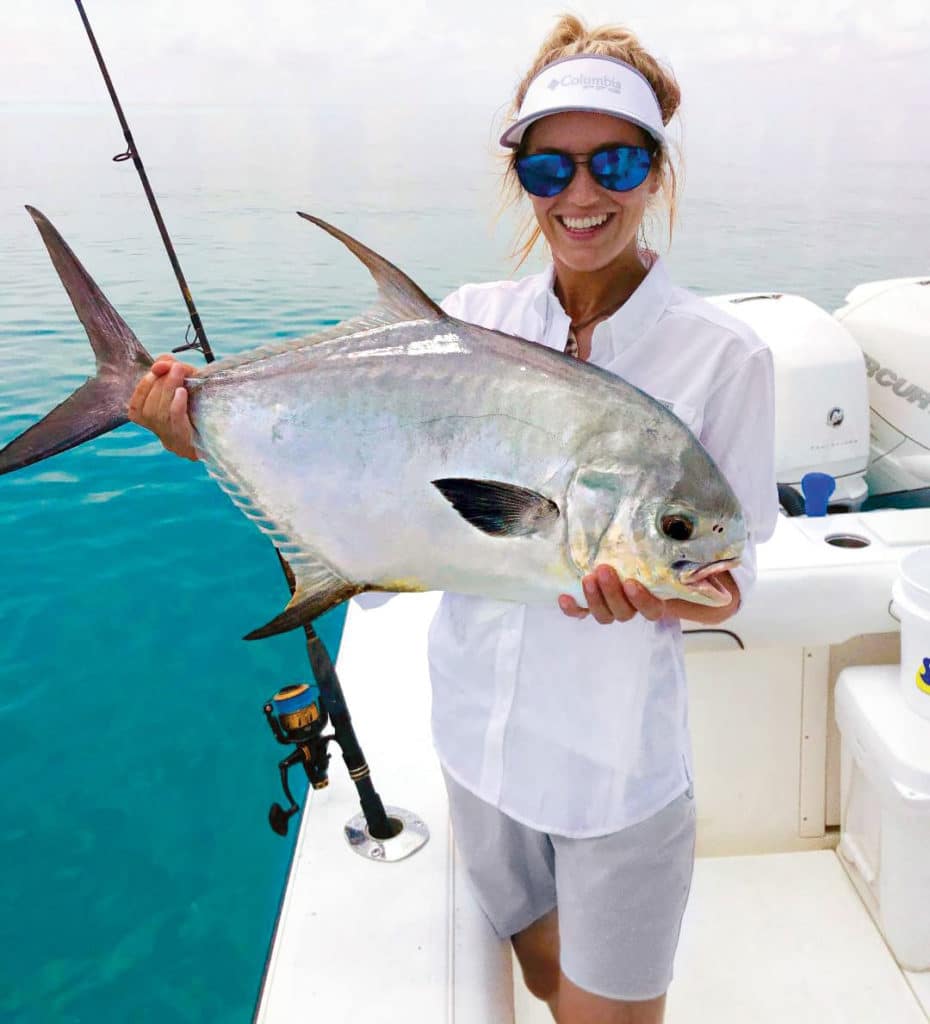
Few things in fishing are more aggravating than a cast shortened or abruptly halted by line twist, line tangles or a wind knot. Tangled fishing line is a minor inconvenience with schooling fish, providing there’s access to another outfit. But with a sought-after trophy, it’s pretty much the end of that angler’s world (at least until their temper cools some).
Why My Fishing Line Keeps Tangling
Line twist with spinning tackle is characteristic of the reel’s design, regardless of manufacturer. With every cast, turning the reel handle twists the line slightly with every revolution of the bail as it winds line onto the spool. After repeated casts, these twists accumulate along the length of the line. Eventually, casting distances are reduced, the action of live baits and even lures suffers, and in advanced stages, snarls and snags on rod guides become common.
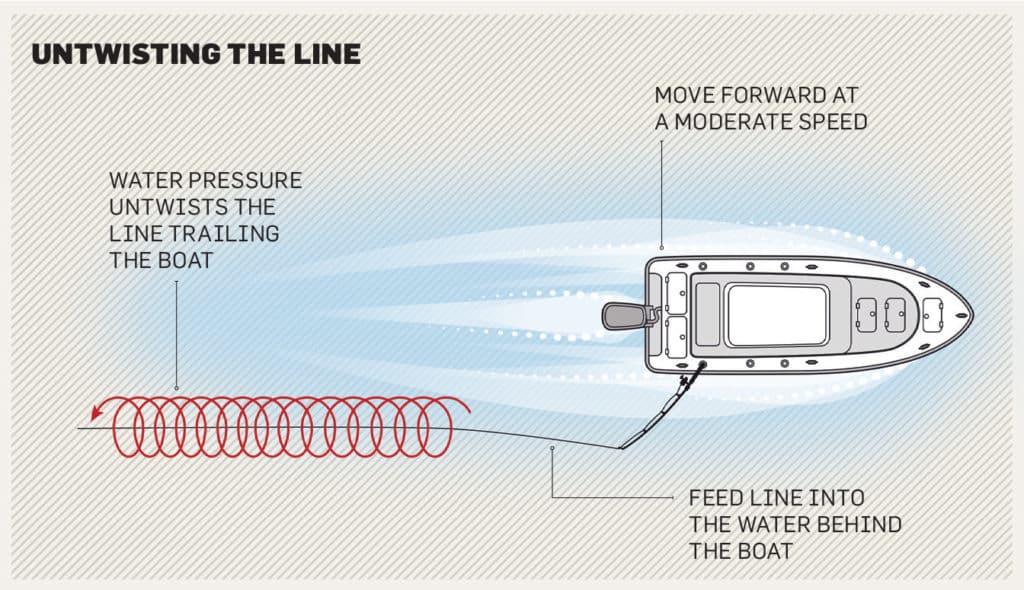
Line tangles and twists are also a major contributor to wind knots (also called braid boogers or bird’s nest) in braided lines. For instance, if that line isn’t leaving the reel straight and slack-free, the slightest coils or twists overlap themselves, causing knots and rod-guide snags. Ditto during a retrieve. Powerful casts and quick retrieval speeds exacerbate the issues. Choosing braided fishing line with the roundest profile and maintaining pressure on these lines while casting, retrieving and fighting fish help avoid wind knots.
Use a Spinning Reel Without a Bail
Some spinning reels offer optional manual pickups. These bailless versions sport a large line roller, and after casting, the line is manually placed onto it. Gone is the slight line twists arising from automatically closing standard bails. Brands like Penn and Van Staal offer aftermarket manual conversion kits as well.
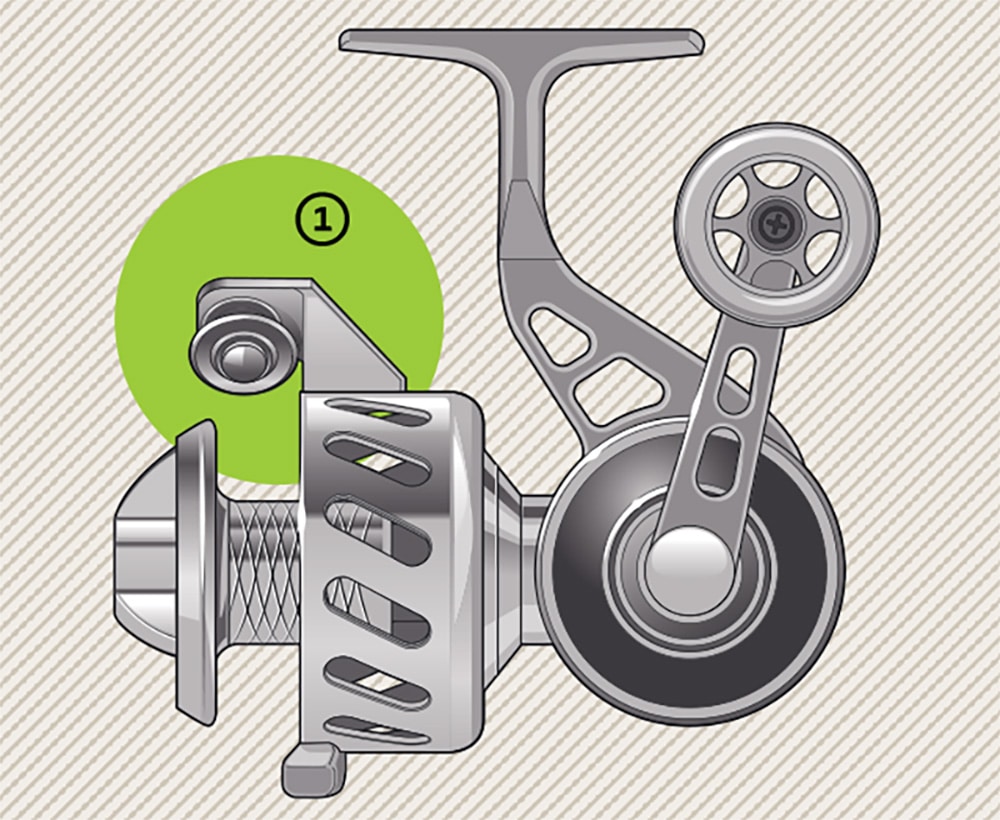
I recall the heyday of the now-defunct Metropolitan Miami Fishing Tournament (MET), the largest and broadest species and line-class competition of its kind in South Florida. Many anglers, myself included, converted our spinning reels to manual line pickup. I was partial to these for my 6- and 12-pound-class reels. These oversize rollers easily accommodated the lines, proved as smooth as a Rolex watch, and laid the line onto the spool with negligible twist.
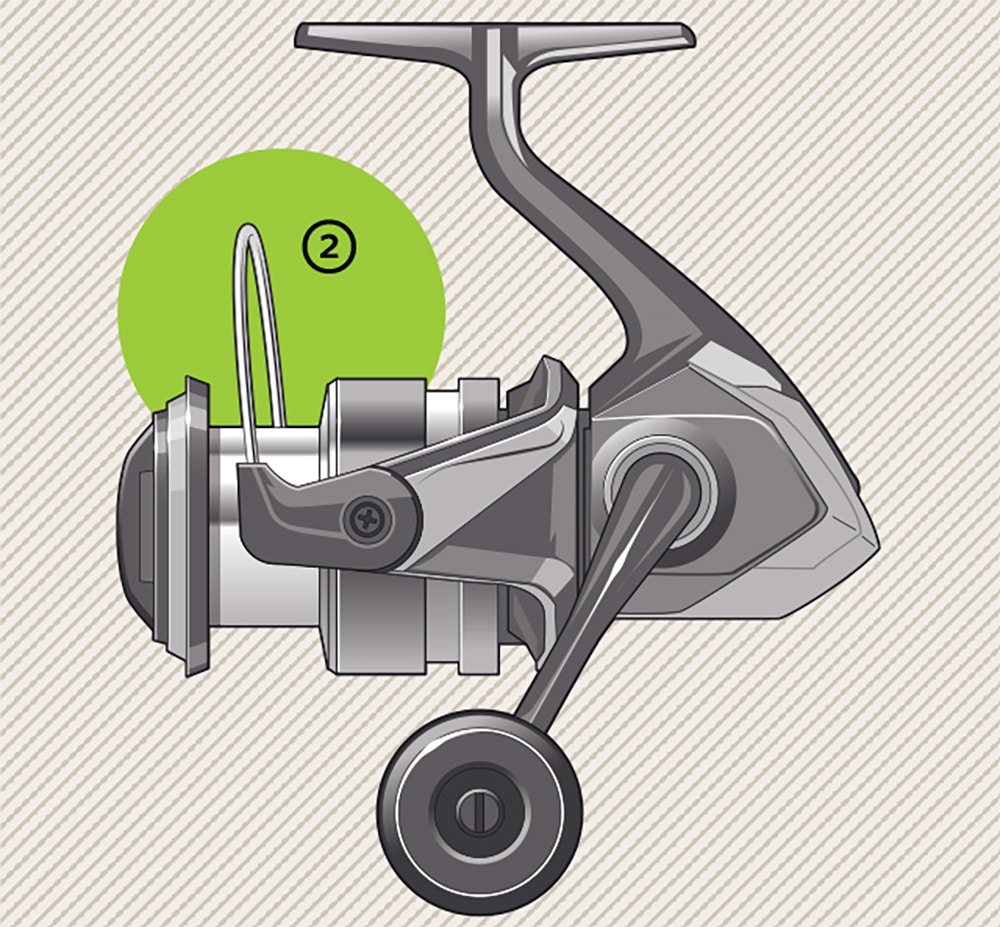
Manually Close the Bail of Your Spinning Reel
With stock spinning reels equipped with automatic bails right out of the box, there are two ways to thwart line tangles, twisted fishing line and wind knots with both monofilament and braided lines. The first tactic is to manually close the bail after every cast; a quick slap is all that’s necessary to do so and reduce initial line twist. Once the bail has been manually closed, pull the line tight (from the spool forward), then wind on a few feet under pressure. This eliminates loose line going onto the spool during the initial retrieve. These two tactics alone will significantly improve overall performance, casting distance and line longevity.
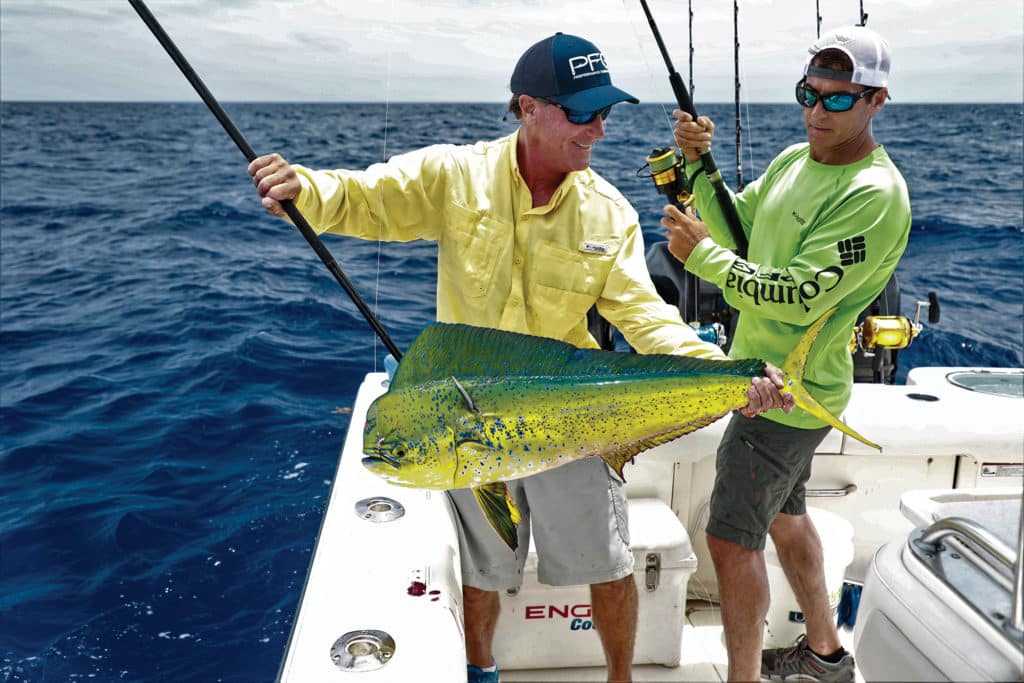
Do Not Reel When the Fish Pulls Drag
When fighting a fish on spinning tackle, whether you’re bailing schoolie dolphin or going the distance with trophy tuna, don’t reel as the fish takes line. Known as “reeling against the drag,” wherein the rotor spins while no line is gathered, this is an efficient line-twist generator. So, never turn the handle without actually gaining line.
Even at the endgame when pumping up a tired fish, lift the rod first and then reel to gain line, keeping tight to the fish. If double line is used to attach a leader, keep it short to eliminate snagging. This comes into play when pitching baits to mahi, sailfish, white marlin and tuna.
Swivels Help Prevent Line Twists
Small barrel swivels go a long way in combating line twist. If one can be incorporated into a spinning system for tying on a wire trace to target toothy fish, or even attaching a short leader to the fishing line, go for it. But choose the smallest swivel that suits the strength of the tackle. And for casting purposes, keep the leader short to maintain accuracy. Swivels are the new cool thing, especially for spinning tackle.
Read Next: Choosing Between Spinning, Baitcasting or Fly Fishing
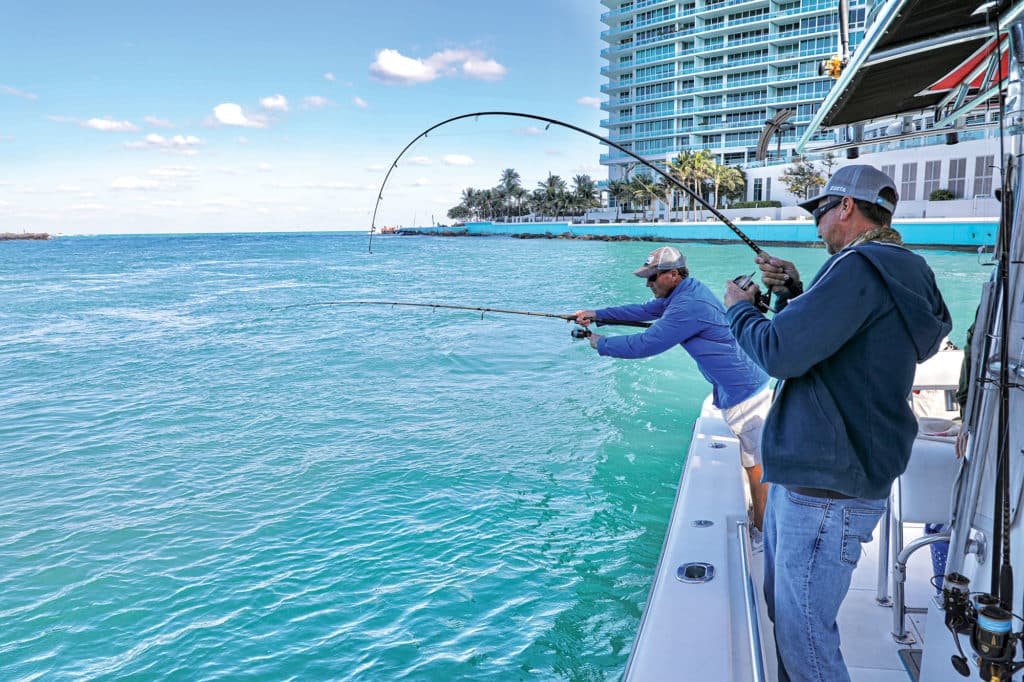
Old Fishing Line Causes More Tangles
Both mono and braided lines have a slick coating—commonly called a spin finish—that enhances casting distance by reducing friction as the line passes through the rod guides. When the line loses this luster, strip off line until you reach that spin finish, then re-rig to maintain top performance.
Full spools with fresh line are necessary to maximize casting distances and keep line twist and wind knots in check. Think in terms of overall performance, not longevity.
Change lines often, keep spools topped off, and periodically check the bail rollers to ensure they’re clean, lubricated and working.
Finally, after a long day of casting, or whenever accumulated line twist becomes apparent, cut off all terminal gear and troll about a quarter of the spool of line behind the boat for several minutes. Any twist will unfurl, leaving you with a perfectly straight fishing line that’s ready to go to work.









